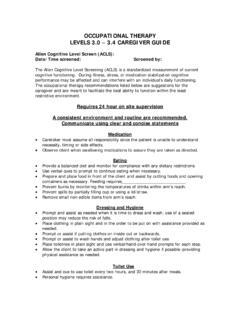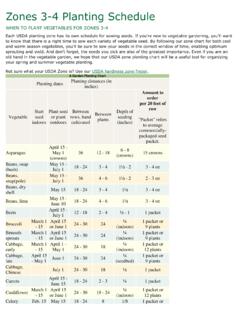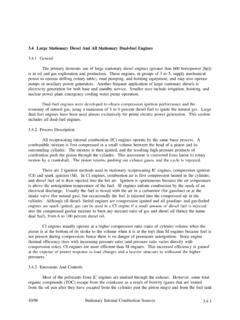Transcription of MP 3.4 – SWIMMING POOL BARRIERS Table of Contents
1 MP SWIMMING POOL BARRIERS . Table of Contents Commencement .. 2. 2. Referral 2. Compliance with the 2. Relationship between the Standard and this part .. 2. Associated Requirements .. 2. Referenced Documents .. 2. 3. queensland development code Page 1 MP Publication Date: 18 July 2012 SWIMMING pool BARRIERS MP SWIMMING POOL BARRIERS . Purpose To safeguard young children from drowning or injury in regulated pools. Commencement This version of Mandatory Part (MP) of the queensland development code (QDC) commences on 27 July 2012. Application This part applies to all regulated pools. Notes: 1. The term regulated pool is defined under the Building Act 1975. 2. Existing regulated pools must comply with this part from the pool safety standard application day prescribed in section 231A of the Building Act 1975. 3. Reference should also be made to sections 36, 37 and 61 of the Building Act 1975. Referral Agency There is no referral agency for this part.
2 Compliance with the QDC. Under section 14 of the Building Act 1975, compliance with this part can be achieved only by: (a) complying with the relevant acceptable solution for the performance requirement; or (b) formulating an alternative solution that complies with the performance requirement or is shown to be at least equivalent to the relevant requirement; or (c) a combination of (a) and (b). Relationship between the Standard and this part This part prevails over the Standard to the extent of any inconsistency. Associated Requirements (a) Building Act 1975. (b) Building Regulation 2006. (c) Building code of Australia Referenced Documents Number Date Amendment Title number AS 2007 Amendment 1 SWIMMING pool safety Part 1: Safety BARRIERS for SWIMMING pools. AS 2007 Amendment 1 SWIMMING pool safety Part 2: Location of safety BARRIERS for SWIMMING pools. queensland development code Page 2 MP Publication Date: 18 July 2012 SWIMMING pool BARRIERS MP SWIMMING POOL BARRIERS .
3 Definitions Relevant definitions in the Building Act 1975, the Building Regulation 2006 and the Standard (subject to the modifications to the definitions in the Standard to the extent of any inconsistency with this part) apply in this part. Names of Acts and regulations are italicised. Other words within the body of the text that are italicised are defined with the meanings specified below. Acceptable solution means a relevant building solution which is deemed to satisfy the relevant performance requirement for the purposes of section 14(4)(a)(ii) of the Building Act 1975. Permanently open means in reference to the side of a patio, pergola, verandah, deck, balcony or the like, open space that is, apart from a SWIMMING pool barrier, continuously open to the external environment and not fitted with blinds, insect screening, shade cloth or the like. Standard means the edition of Australian Standard AS and AS referenced by this part.
4 Temporary fence means a fence which is not a permanent structure, has at least one gate, otherwise complies with this part and is securely fixed to resist reasonably foreseeable actions to which it may be subjected. queensland development code Page 3 MP Publication Date: 18 July 2012 SWIMMING pool BARRIERS MP SWIMMING POOL BARRIERS . PERFORMANCE ACCEPTABLE SOLUTIONS. REQUIREMENTS. SWIMMING pool BARRIERS P1 SWIMMING pools must have a A1 SWIMMING pools must have a barrier barrier which: complying with the Standard, subject to (a) is continuous for the full the: extent of the hazard; and (a) modifications to the Standard (b) is of a strength and rigidity to specified in schedule 1; and withstand the foreseeable (b) tolerance limits specified in a impact of people; and guideline for SWIMMING pool BARRIERS (c) restricts the access of young made under section 258 of the children to the pool and the Building Act 1975.
5 Immediate pool surrounds, including access from class 1, 2 or 3 buildings or class 4. parts of buildings located within or outside the pool area; and (d) has any gates fitted with latching devices not readily operated by young children, and constructed to automatically close and latch;. and (e) except for indoor SWIMMING pools, does not incorporate any doors providing access to or from a building. queensland development code Page 4 MP Publication Date: 18 July 2012 SWIMMING pool BARRIERS MP SWIMMING POOL BARRIERS . Schedule 1 Modifications to the Standard Standard Standard modifications clauses affected :2007. 1. The height of a fence must be measured and comply with this part on the same side of the fence as the non-climbable zone. 2. The definition of the term SWIMMING pool in the Standard is: (a) replaced by the definition of SWIMMING pool in the Building Act 1975; and (b) the meaning given to that term in the Building Act 1975 applies to the term pool throughout the Standard.
6 3. (a) A temporary fence may be used instead of a permanent barrier for a maximum period of 3 months from the date the fence was inspected and approved as a temporary fence by a building certifier. (b) A building certifier may give written approval for the use of the temporary fence instead of a permanent barrier for further periods of up to 3 months from the date the fence was inspected and approved as a temporary fence if the building certifier is satisfied that the safety of young children would not be at risk if the approval were given. 4. For building work done under Schedule 2C, section 5 of the Building Regulation 2006: (a) a temporary fence may be used instead of a permanent barrier for a maximum period of 3 months and (b) a temporary fence may be used instead of a permanent barrier for a second period, but only if a pool safety inspector has issued a nonconformity notice in relation to the pool and only during the first 3 months after issue of the notice and (c) a pool safety inspector or a building certifier may give written approval for the use of the temporary fence instead of a permanent barrier for third or subsequent periods of up to 3.
7 Months if, after inspecting the fence, they are satisfied that the safety of young children would not be at risk if the approval were given. Figure 5. Figures 1 to 13 apply instead of figure 6. The non-climbable zone must be located, for a fence, including a boundary fence: (a) less than 1800 millimetres in height - on the outside of the fence ( the side facing away from the pool area); and (b) 1800 millimetres or more in height - on either the outside or the inside of the fence. 7. A boundary fence may be less than 1800 millimetres in height, but not less than 1200 millimetres in height, provided the non-climbable zone is located on the outside of the fence ( the side facing away from the pool area). 8. Climbable objects are permitted within the upper 900. millimetres quadrant of the non-climbable zone, provided it is not reasonably possible for a young child to gain access to those climbable objects (see figure 9).
8 queensland development code Page 5 MP Publication Date: 18 July 2012 SWIMMING pool BARRIERS MP SWIMMING POOL BARRIERS . 9. If the non-climbable zone is provided on the outside of a fence ( the side facing away from the pool area), an additional clear area must be provided immediately adjacent to the outside of the fence to maintain the effective height of the fence (see figures 1. to 9, 12, 13, 15, 16, 18 and 22). 10. If the non-climbable zone is provided on the outside of a fence ( the side facing away from the pool area), the non- climbable zone must extend 900 millimetres beyond the end of a fence and also beyond the intersection of a fence with another barrier or object and an additional clear area complying with clause 9 of this schedule must also be provided (see figures 15 and 16). 11. For BARRIERS 1800 millimetres or more in height, any non- climbable zone on the inside of the barrier ( the side facing into the pool area) may be intersected by a SWIMMING pool barrier, provided the width of the top rail or surface of the intersecting barrier is not more than 50 millimetres wide at any point within the non-climbable zone (see figures 14 (a) & (b)).
9 12. The non-climbable zone, clear area and additional clear area required by this part are not required for a fence complying with clause if the fence is: (a) 2400 millimetres or more in height (see figure 17 (a)); or (b) 1800 millimetres or more in height with an additional cranked top complying with figure 17 (b). (b) 13. The dimension of 900 millimetres applies instead of 1000. millimetres and is measured from the top surface of the highest lower horizontal member to the top surface of the lowest upper horizontal member or surface. Figure 14. Figure 18 applies instead of figure 15. Gates and, for indoor SWIMMING pools, doors must not open towards the pool area (see figures 30 and 31). and 16. The overhang or return fencing must have a surface that figure (c) does not provide any projection or indentation forming a handhold or foothold and must be located at the outer edge of the retaining wall or other such barrier so as not to provide a handhold or foothold (see figure (c) in the Standard).
10 17. A canal, lake, river, creek, stream, pond, ocean or dam may form part of a barrier where: (a) the depth of water is continuously more than 300 millimetres at any point of the area of body of water adjacent to the barrier specified in 17(b); and (b) the width of the body of water immediately adjacent to the edge of the pool area being protected is equal to or exceeds 1800. millimetres at any point of the body of water: and (c) access is not available to the pool over or under the body of water (see figure 20, 21a and 21b); and (d) required BARRIERS intersecting the body of water, either (i) extend to the edge of the water and either overhangs the water by 900 millimetres; or (ii) return 900 millimetres along the edge of the water in at least one direction (see figure 19); and (e) the overhang or return fencing required by 17(d) must have a surface that does not provide any projection or indentation forming a handhold or foothold that would aid climbing (see figure 19).
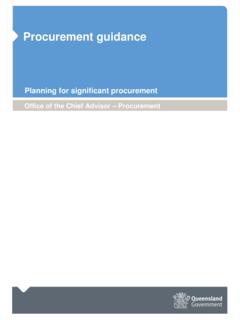
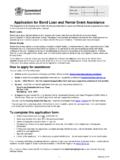
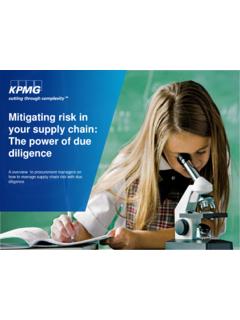
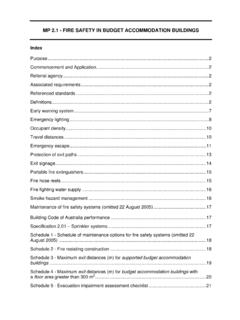
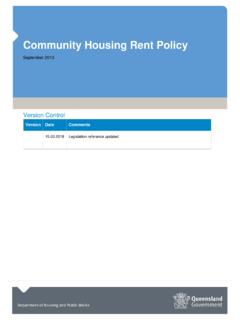
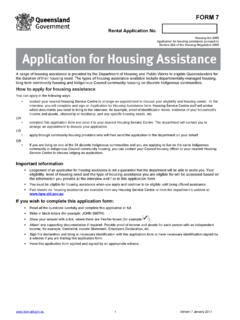
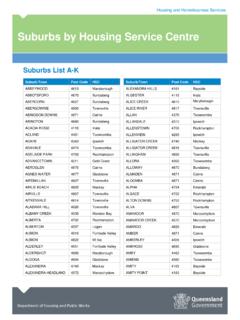
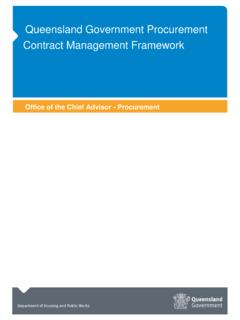
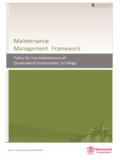
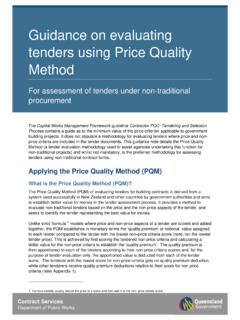
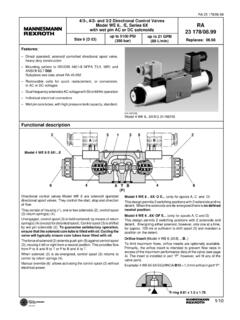
![[Ch 3, 4] Logic and Proofs (2) 1. Valid and Invalid ...](/cache/preview/d/5/4/f/1/b/4/3/thumb-d54f1b43140ae25ae5daa306e1f8330e.jpg)
